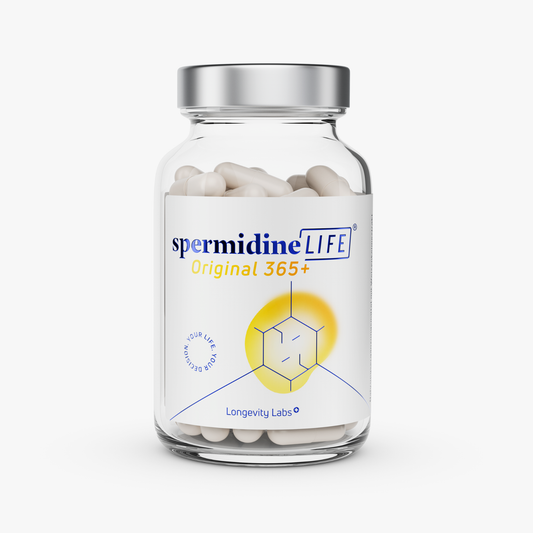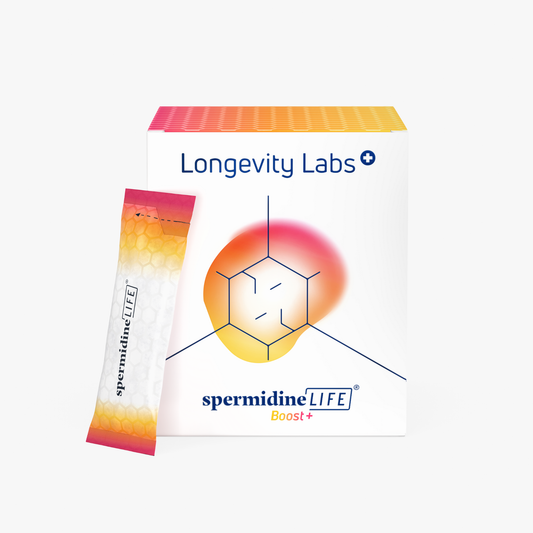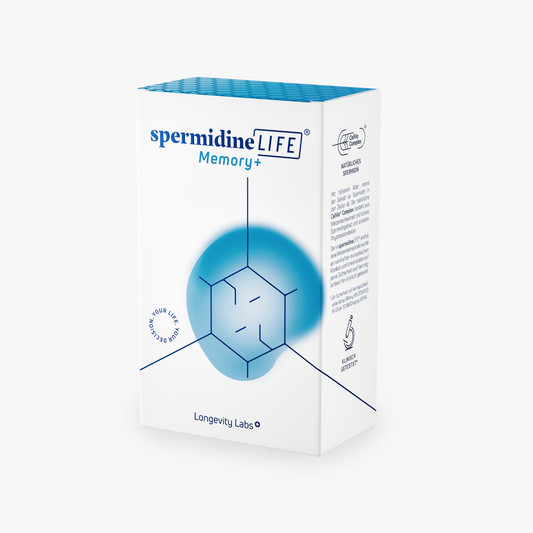
The history of vaccination
Science, TLL LongevityLabsVaccinations were certainly one of the most discussed topics last year. Yet they have actually been with us since the 18th century. But how was the first vaccination actually discovered? What does it do in our bodies and why is it so indispensable for us?
Have you ever wondered how the process of vaccination actually came about? The word vaccine or "vaccine" is actually derived from the Latin word "vacca". What does that mean in translation? Cow, of course, what else? Because it all started with cows.
In the 17th and 18th centuries, a disease was widespread in large parts of Europe and Asia that is fortunately no longer with us today - smallpox. Back then, 60 million people died from the disease - there was no chance of a cure (or a lockdown). The English surgeon Edward Jenner, who lived from 1749 to 1823, researched the disease and one day made an interesting observation - dairymaids infected with cowpox (a less severe variant of smallpox) while milking cows could not subsequently contract the bypassing smallpox.
The idea that the body builds up a kind of "protection" against re-infection was born. In a daring (and from today's point of view unethical, but probably necessary at the time) experiment, he tested his hypothesis: he brought an 8-year-old boy into contact with the secretions from the vesicles of women infected with cowpox and deliberately infected him with it. What happened? The boy did not get infected with smallpox after that and was spared from the disease - the first step towards modern vaccination was accomplished!
And after that?
Of course, it did not remain with this first attempt and this version of the vaccine: the immunization of mankind against this disease became a top priority and was thus successful: in 1980 - 200 years later - the WHO declared smallpox finally eradicated. One of the worst infectious diseases in our history had been defeated.
At that time, Dr. Jenner laid a massive foundation in the fight against communicable diseases. Since that first vaccination, many other vaccines have been developed against diseases such as measles, mumps and rubella, meningitis, hepatitis A and B, influenza, diphtheria and several more. Over time, however, the process has been somewhat adapted and improved. However, even though modern vaccines are now not only much more effective, safer and more hygienic, not every vaccination works exactly the same.
The types of vaccinations
Vaccinations can generally be divided into active vaccinations and passive vaccinations, which we would like to introduce to you today:
1. active vaccinations
Active vaccination is used to make the body itself produce antibodies against various diseases. This means that with an active vaccination our immune system develops a pathogen-specific immune competence without actually having to go through the disease. Either live vaccines (attenuated pathogens that cannot cause disease) or dead vaccines, which contain killed pathogens or even only fragments of them, are used. In this way, the immune response is stored in our body, quickly recalled in the event of a proper infection, and the body is protected from disease.
RNA vaccines, which were used for the first time with the Covid_19 vaccine, work in a slightly different way: messenger RNA (mRNA) is used in our body to form proteins by providing the building instructions for them. The mRNA vaccine has taken advantage of this: our body is given the right building instructions for the part of the virus that our immune system responds to, without triggering the disease. Thus, immunity is established.
2. passive vaccinations
Passive vaccinations are used when people have already had contact with a pathogen in question, or infection cannot be ruled out, such as after animal bites, contamination of wounds, etc. In this case, an immune serum is injected, which already contains the antibodies. This means that our immune system does not produce antibodies, but "borrows" them from the immune serum - thus a passive immune response is created. The immune response is much faster but also comes with a disadvantage: The effect quickly fades away and is not permanently stored in our immune memory.
So far so good - but how does our body react to the vaccination?
Our bodies react differently to vaccinations, depending on our physical and psychological condition - a distinction can be made between vaccination reactions that fade away quickly, i.e. mild complaints such as pain in the area of the injection site, headaches, tension, fatigue and aching limbs, and vaccination complications. Vaccine complications occur rarely and can - as sometimes with the measles vaccination - lead to the appearance of milder symptoms of the disease against which one has been vaccinated. However, these are then not contagious and usually subside after a short time.
Summary
The invention of modern vaccination has given us an enormous advantage in the fight against infectious diseases. Without it, diseases such as smallpox would still be among us and the coexistence of so many people in such a confined space would be unimaginable. Nevertheless, vaccination also always means a short-term stress on our immune system, which can show itself in different forms. Whether it is a strong, weak or no vaccination reaction, our immune cells are working at full speed - but fortunately we can support them in this process and thus reduce side effects and better prepare ourselves for a vaccination! A strong immune system can also cope with vaccinations more quickly - so before a vaccination, make sure you eat a healthy diet, exercise regularly, get plenty of rest and make sure your immune cells are strengthened immune cells.






